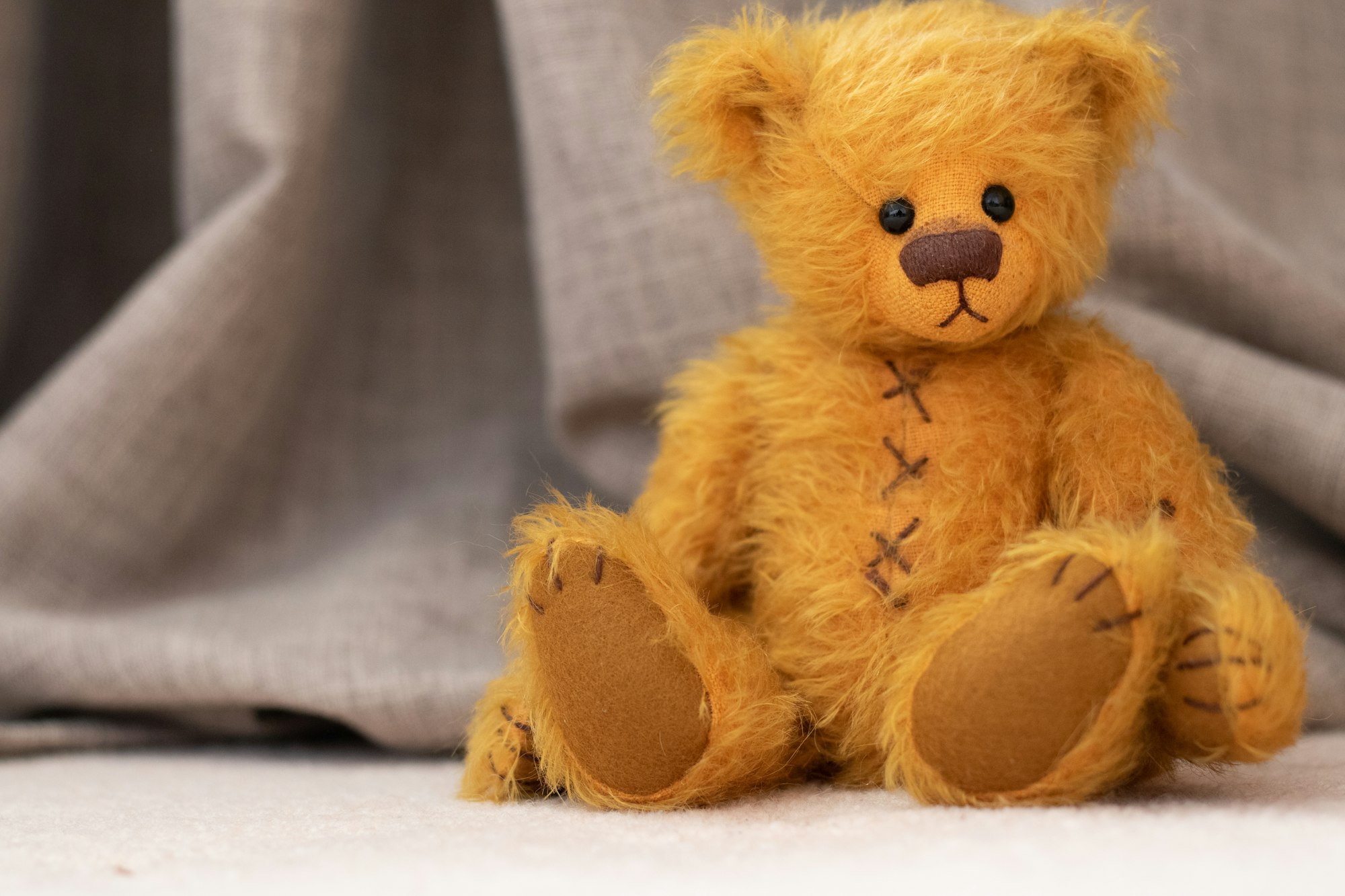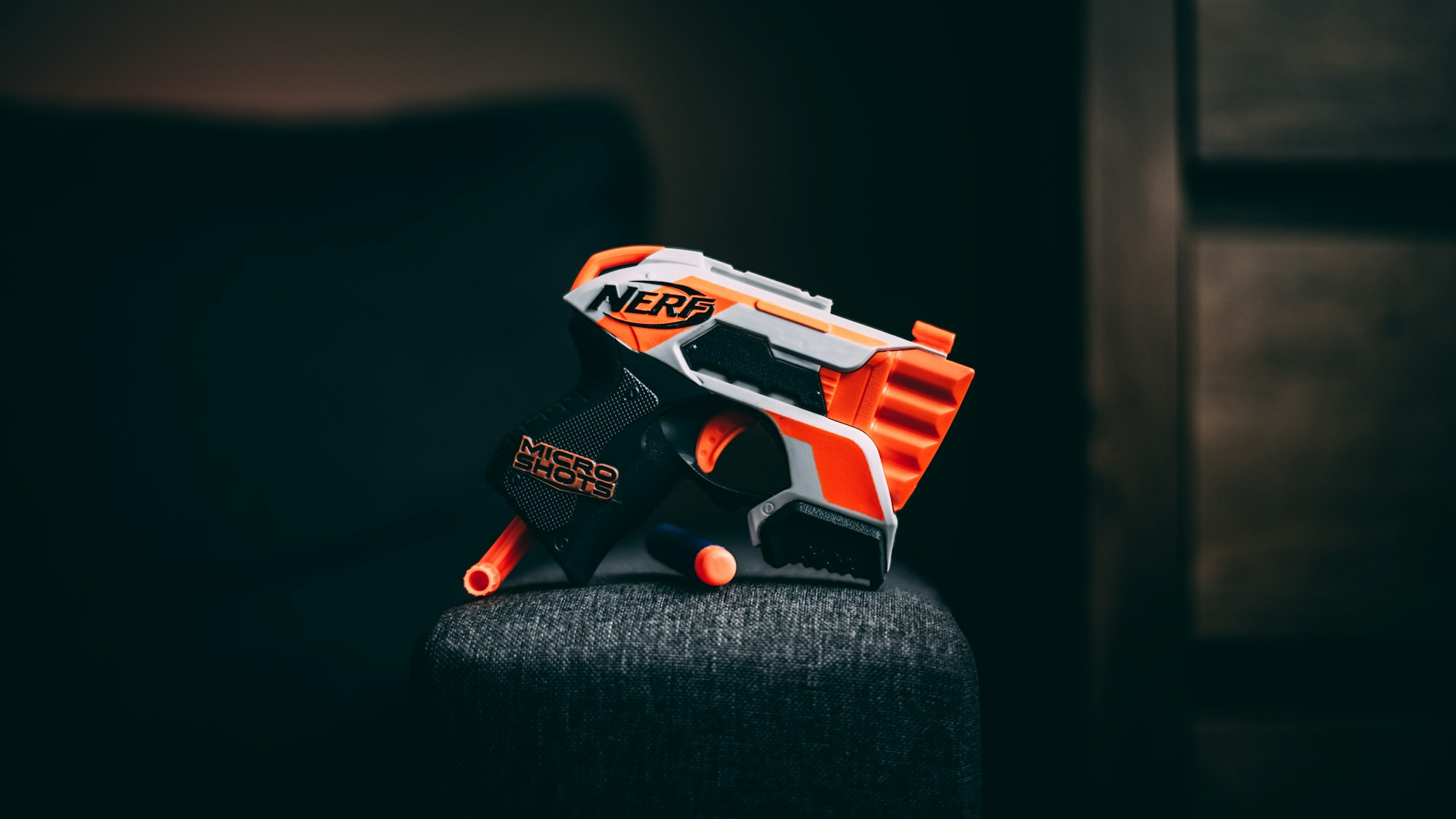It's impossible to know what the first toy was and where it originated, but as long as there have been children, there has been adults giving them something to occupy their time and their minds. Toys are not just playthings, though. They are so much more than that. Not just something for parents to trip over and step on, toys are the way that a child learns about their world and their place in it. Toys allow the child to learn socialization skills, explore their imagination and grow in so many ways that would take a psychologist to describe it all correctly. Let's just look at some of the best toys for kids of today and those from years gone by.
Teddy Bears

For infants and toddlers, toys have always had to follow that fine line between being fun to play with and also safe and most importantly, not swallowable. The teddy bear is one such toy that fits the bill. Long believed named for President Theodore Roosevelt, who refused to shoot a subdued bear on a hunting trip, the teddy bear has been a staple of many a child's crib for years. Soft and generally non-threatening, teddy bears are usually a child’s first "friend", sleeping companion and "protector" when the lights go out. The teddy bear has evolved over the years, taking on more realistic characteristics of specific types of bears like polar bears and pandas, based on more "famous bears" like Winnie the Pooh, Paddington or those of the Care variety or even talking ones like the somewhat unsettling Teddy Ruxpin, the teddy bear has survived the onslaught of the flashy and is still going strong to this day.
Although they have evolved over the years to have different faces, fringes and colors, you just can’t beat the stackable rings at the ultimate toy for the diaper set. Often made of plastic rings of descending size that go over a plastic stick that is famously attached to a curved, wobbling and difficult to knock over surface, the rings are soft enough for small mouths to teeth on but impossible to swallow. They also teach a child hand-eye coordination and the sense of spatial acuity long before those words have any meaning. It is possible to stack them "wrong" but a child soon learns that there is really only one way that this piece fits together.
A Little Golden Book

While not a toy per se, children all over (and many adults) consider the Little Golden Books among their prized possessions. The books were inexpensive, well drawn and written stories that were just long enough to entertain and lull to sleep young minds. Started by Simon and Schuster in 1942, the original twelve titles included Mother Goose and the Poky Little Puppy. Within five months, 1.5 million copies were produced. Now upwards of 1,200 titles are published including characters from Disney, Looney Tunes, Sesame Street and more. To date, over two billion copies have been printed.
Crayons
Once a child ages into their early preschool and school age years, toys begin to take on more specific functions and help the child grow in various aspects of their lives. While not the first art creation tool for children, the crayon made the process of making and coloring of art portable and safe for children of all ages. The word crayon dates back to 1644 but the idea of a pigment added to wax is centuries old. In America, the Binney & Smith Company, later called Crayola began making crayons in 1903. The pair was quick to capitalize on their success and created an ever-growing array of colors. Today Crayola is a worldwide brand and, despite having an unprecedented amount of competition now, it is the gold standard of crayons. For children, crayons are a gateway to their imagination, allowing them to create anything that they can think of. It also teaches precision and control as they learn to change their coloring pages from messes to masterpieces. For me though, I would make mine Star Wars themed just for style points.
LEGO

Like Crayons, LEGO have long been an amazing tool to create for children (and a painful surprise on the bottom of many a parent’s foot in the middle of the night). Although created after blocks, erector sets or even Lincoln Logs, LEGO allowed for a wider variation in the building process and was more accessible to children too young to handle tools. The skill of the toy is its simplicity and the fact that no matter what set they were designed for, all LEGO blocks connect seamlessly to one another and can be demolished and reconstructed multiple times. Given that only six LEGO can be put together in over a million possible combinations, this is a toy of endless possibilities and that speaks directly to the imagination of children and what a boundless resource that it can be.
Dolls

In terms of toys, it is impossible to over-dramatize the importance of the doll. Human like effigies and representations have been used in religious rituals, ceremonies and home decorations for centuries but it was the advent of the Industrial Age that made the doll a viable option as a child’s toy. The baby doll (here presented in Disney form) has been a mainstay of many a young person’s life, especially as they began to be able to do more and become closer to dealing with a real infant. The fashion doll, especially the ubiquitous Barbie (and to a lesser extent the American Girl Doll), has become a worldwide brand and it's own industry with a barrage of clothes, cars and more. It's also impossible to discuss the concept of the doll without the action figure. The male equivalent of the doll was solidified with the military dolls of Captain Action and G.I. Joe but it was the advent of the Star Wars action figures in the late 1970s. They were the beginning of the major push in movie merchandising and toy crossovers and now it is hard to find a property, be it film, TV or comics that doesn’t have an accompanying action figure line.
Bicycles
For the pre-teen group, now known as Tweens, it is about growing up in bursts and bounds and looking for that unique match between freedom and fun. The bicycle is the first taste of freedom that many children feel. Being able to "get away" from their parents, if only to the end of the corner, is a big deal. The concept of the bicycle dates back to the mid-19th Century but it was the advent of the training wheels, or today’s balance bikes, that made them a viable option for young children. The self-balancing aspect of the wheels allowed children to master the steering and pedaling aspects of the bike without also having to master the balance of the two-wheeled bicycle itself. Safety gear such as helmets and pads have also made bikes a very popular form of play for children who are burgeoning into the world of freedom.
Nerf

While not the first ball toy created by any stretch, the advent of the Nerf products has changed the nature of ball play. Standing for "non-expanding recreational foam" and started by the Parker Bros. company in 1969, the product has been used to create any number of sports balls including (to name just a few) footballs, basketballs (with an inside hoop), volley balls, soccer balls and a variety of Frisbees plus there is even a torpedo-like football with a tail that allows for farther distances. The Nerf product allowed children to break mom's standing rule of not playing ball in the house. One of the most popular uses for the Nerf products is the ever-evolving Nerf Gun. The Nerf Gun, more properly called the Nerf Blaster, is the newest in a long line of battle simulating toys but thanks to the relatively soft and non-threatening nature of their projectiles removes any of the danger. The gun has evolved over the years into a myriad variety of weapons and has become just as much of a mainstay in adult play as that of children.

School plays a major part in the lives of the pre-teen student. It is the time that they are leaving the security of their parent's home for another place every day. They become part of a new core group, a class, and develop new relationships and develop friends that they may have for years or a lifetime. They also begin to learn new things that are outside their personal development and begin to understand and mentally explore the larger world around them. This is the time that some children develop a love for learning and smart parents develop that love by extending it into play with educational and science toys. One of the earliest learning toys was the chemistry set. Created in 1923 by the A.C. Gilbert Co., the set was designed to teach basic chemistry skills, although by today’s standards, the contents of the kit would get you on some kind of terrorist watch list (they actually taught how to make explosives!). The same company came out with a microscope set in the 1930s that allowed children to peer at a variety of specimens and encouraged kids to find their own. Many young scientists would envy the surprisingly advanced set today as it covered real laboratory procedures and processes. Another highly valued educational tool is the telescope, allowing children to look beyond their observable world and out to the stars.
Video Games

For many teenagers, no "toy" has been embraced as heavily in the last fifty years as the video gaming console. Although beaten to the home market by the Magnavox Odyssey, it was the Atari Gaming System and its earliest endeavors like Pong completely overtook a generation. Technology and graphics grew by leaps and bounds over the years. The 1980s saw the rise of the Nintendo Entertainment System (NES) and the birth of the side-scrolling juggernaut Super Mario Brothers. SEGA had the spinning and running lightning bolt Sonic The Hedgehog and the world of the franchise game and multiple sequels were born. Gaming became an all-encompassing pastime for many kids and adults and there became camps that loved one system or group of games over others. The rivalry between the XBox and the PlayStation is a particularly contentious one in the gaming world. The graphics and complexity of games continued to grow over the years to the point now that games have begun to resemble and surpass many of the offering that come from Hollywood, complete with teaser trailers and red carpet launches. There have been several movies that spawned games that were dismal failures like the much-maligned E.T. The Extra-Terrestrial or have in some ways surpassed the movies that spawned them. Today, video games have also moved online and spawned entire vastly immersive worlds like the World of Warcraft and the Minecraft franchises.
The toy, in all its myriad forms, has been and always will be a pivotal part of what it means to be a kid. Play is where we learn how to do things, understand things and become the people we will become. It can be as simple as a ball or as sophisticated as the most advanced, multi-leveled video game, but the most important thing is that the child is entertained, engaged in the activity and involved in their own play. Play is something that every child instinctively knows how to do and it is something that we, as adults, need to learn to embrace once again. The world is a serious, demanding and scary place sometimes and wouldn't it be just a little bit better and a little bit brighter if we all took the time to play? Just ask a child. They know the way.

